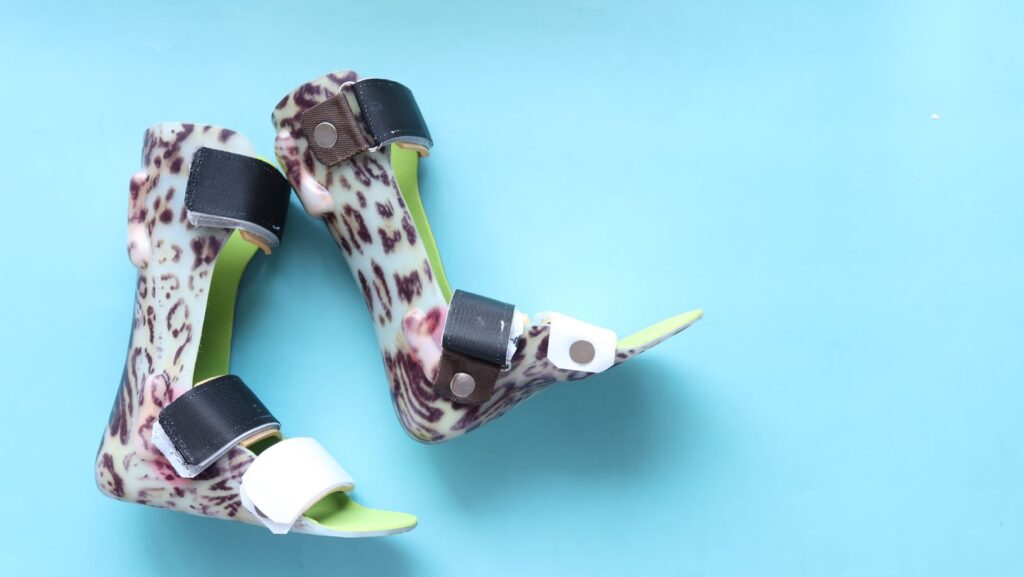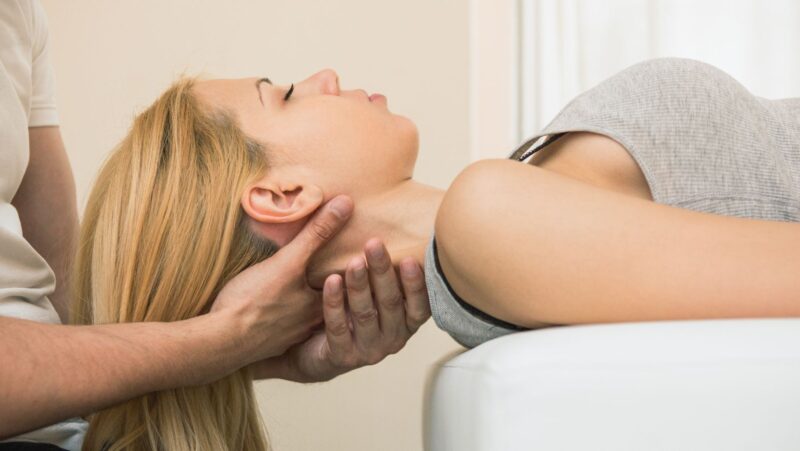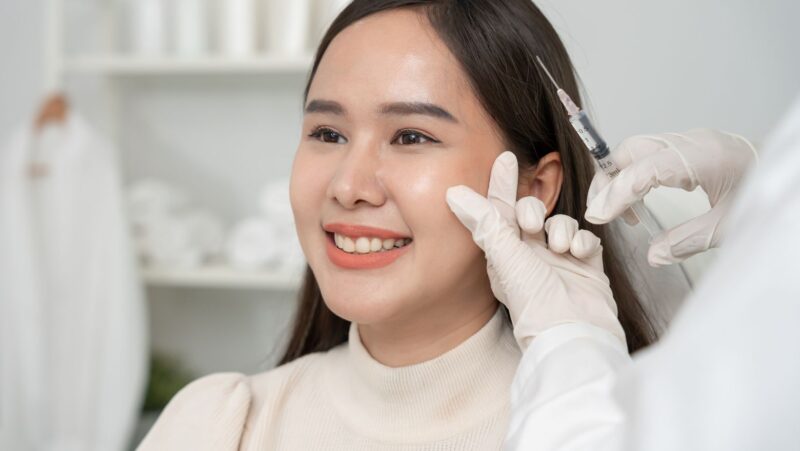
Effective wound care is crucial for promoting healing and preventing complications. One method that has gained recognition in the medical community is Unna Boots. These specialized bandages are designed to provide a moist environment conducive to healing while offering support and protection to the affected area. This article explores the benefits and best practices for using Unna Boots in wound care.
Understanding Unna Boots
The effectiveness of an Unna Boot lies in its ability to provide consistent, gentle compression to the wound area. This compression helps reduce swelling and supports venous return, which is crucial for patients with venous insufficiency. The zinc oxide in the dressing helps to maintain a moist environment, which is critical for tissue regeneration and wound healing.
The moist environment created by the Unna Boot promotes cellular repair and prevents the wound from drying out and forming a hard scab. Additionally, the compression reduces edema (swelling) and inflammation, facilitating a more rapid healing process. The zinc oxide has mild antiseptic properties, which can help prevent infection.
Benefits of Using Unna Boots
Unna Boots creates an optimal environment for wound healing. The moist, protected setting prevents the wound from drying out, which is vital for the proliferation phase of wound healing, where new tissue forms. This protection also guards against external contaminants that could lead to infection.
Patient Comfort and Compliance
Patients often find Unna Boots to be more comfortable than traditional bandages. They conform to the shape of the leg, reducing discomfort and allowing for greater mobility. The ease of application and removal also enhances patient compliance, as the dressing needs to be changed less frequently compared to other types of bandages.
Versatility in Wound Types
Unna Boots are versatile and can be used for various types of wounds. They are particularly effective for venous leg ulcers, lymphedema, and certain types of burns. Their ability to provide both compression and a healing environment makes them suitable for a wide range of chronic and acute wounds.
Consider incorporating the unna boot dressing into your wound care regimen for enhanced healing outcomes.
Cost-Effectiveness and Accessibility
Compared to other advanced wound care products, Unna Boots is relatively cost-effective. They offer significant benefits at a lower price point, making them accessible to a broader range of patients. Additionally, they are widely available in medical supply stores and can be easily obtained by healthcare providers and patients.
Indications and Contraindications
Unna Boots are particularly effective for treating chronic wounds such as venous leg ulcers, which benefit from the combined effects of compression and moisture. They are also used in managing lymphedema and certain types of dermatitis. However, it is essential to assess each wound individually to determine if an Unna Boot is the most appropriate treatment.

There are some situations where Unna Boots may not be suitable. Patients with arterial insufficiency or severe peripheral artery disease should avoid using them, as the compression could worsen their condition. Additionally, individuals with known allergies to any of the ingredients in the boot should refrain from using them to prevent adverse reactions.
Step-by-Step Guide to Applying an Unna Boot
- Preparation of the Wound Area: Cleanse the wound thoroughly with saline or a suitable wound cleanser. Pat dry gently with a sterile gauze pad.
- Wrapping Technique: Begin wrapping the Unna Boot at the base of the toes, working your way up the leg. Ensure that each layer overlaps the previous one by about half its width. Avoid wrapping too tightly to prevent restricting blood flow.
- Securing the Boot: Once you reach the knee, secure the end of the boot with adhesive tape. Ensure the boot is smooth and conforms well to the shape of the leg without any wrinkles or folds.
Tips for Optimal Results
Regular monitoring of the wound and the surrounding skin is crucial. Look out for signs of infection, such as increased redness, swelling, or discharge. The boot should be changed every 7-10 days or as directed by a healthcare provider. Keeping the leg elevated can also enhance the effectiveness of the Unna Boot.
Common Challenges and Solutions
One of the common issues with Unna Boots is skin irritation, which can occur if the boot is applied too tightly or if the patient has sensitive skin. Proper application techniques and the use of protective padding can help mitigate this. Additionally, monitoring the skin for signs of irritation and adjusting the boot as needed is essential.
If complications arise, such as increased pain or signs of infection, it is important to seek medical consultation. Healthcare professionals can provide advice on adjustments and may recommend alternative treatments if the Unna Boot is not suitable for the patient.
Comparative Analysis with Other Wound Care Methods
Compared to traditional bandages, Unna Boots offer several advantages, including better moisture retention and consistent compression. These factors contribute to faster healing times and improved outcomes. Traditional bandages may need to be changed more frequently and do not provide the same level of support.

While advanced wound care technologies such as negative pressure wound therapy and hydrocolloid dressings are effective, they can be more expensive and complex to use. Unna Boots provides a simpler, more cost-effective solution that still delivers excellent results, making them a valuable option in the wound care arsenal.
Conclusion
Unna Boots offers a reliable and effective method for promoting wound healing, particularly for conditions that benefit from compression therapy. Their ability to create a moist, protected environment, combined with their ease of use and cost-effectiveness, makes them a valuable tool in wound care. By following best practices and understanding the appropriate indications and contraindications, healthcare providers can optimize the benefits of Unna Boots for their patients.












